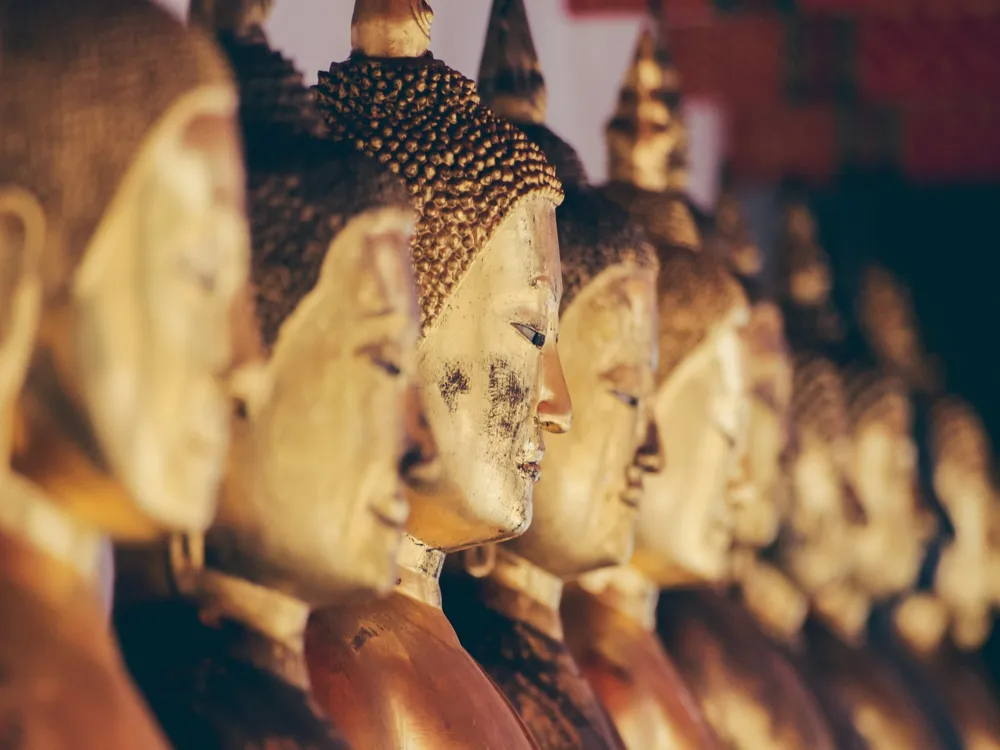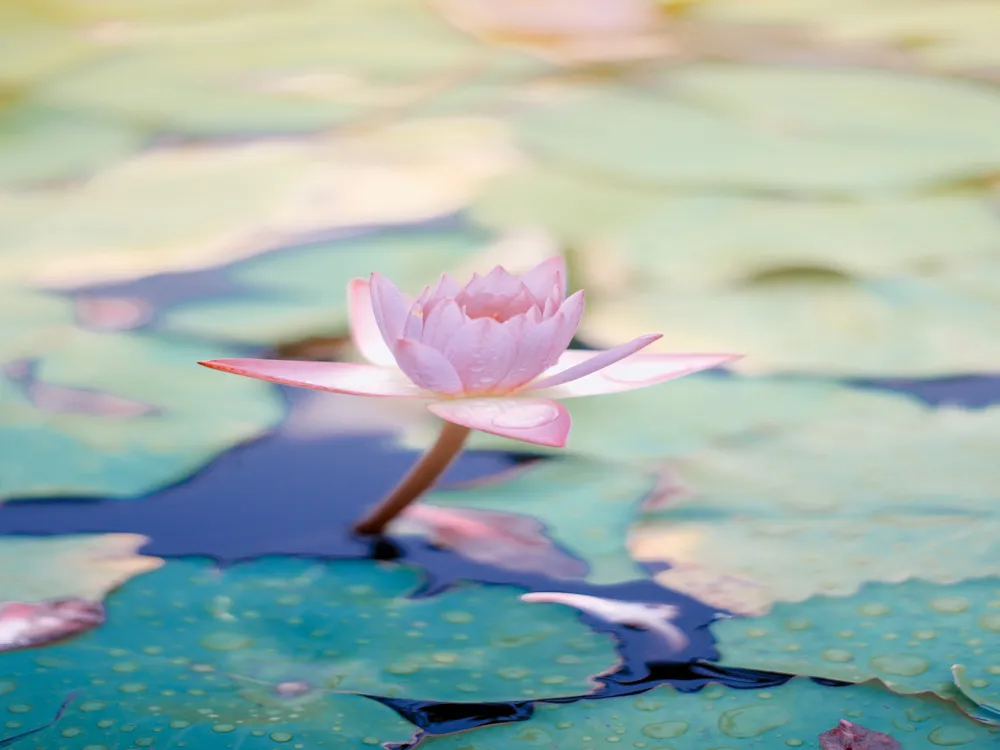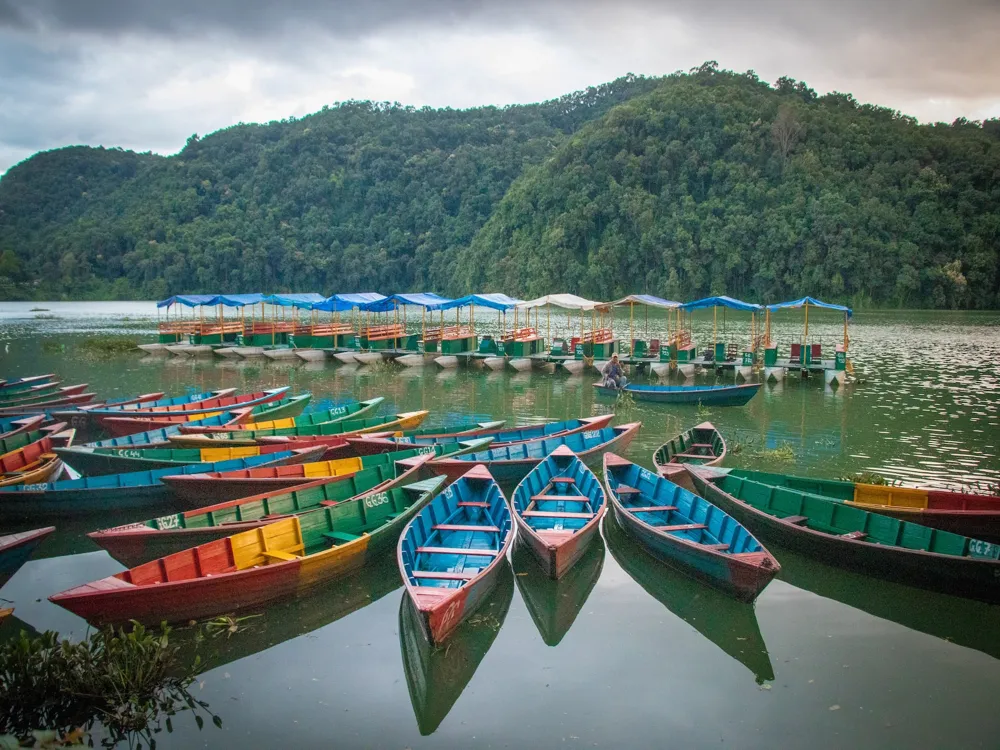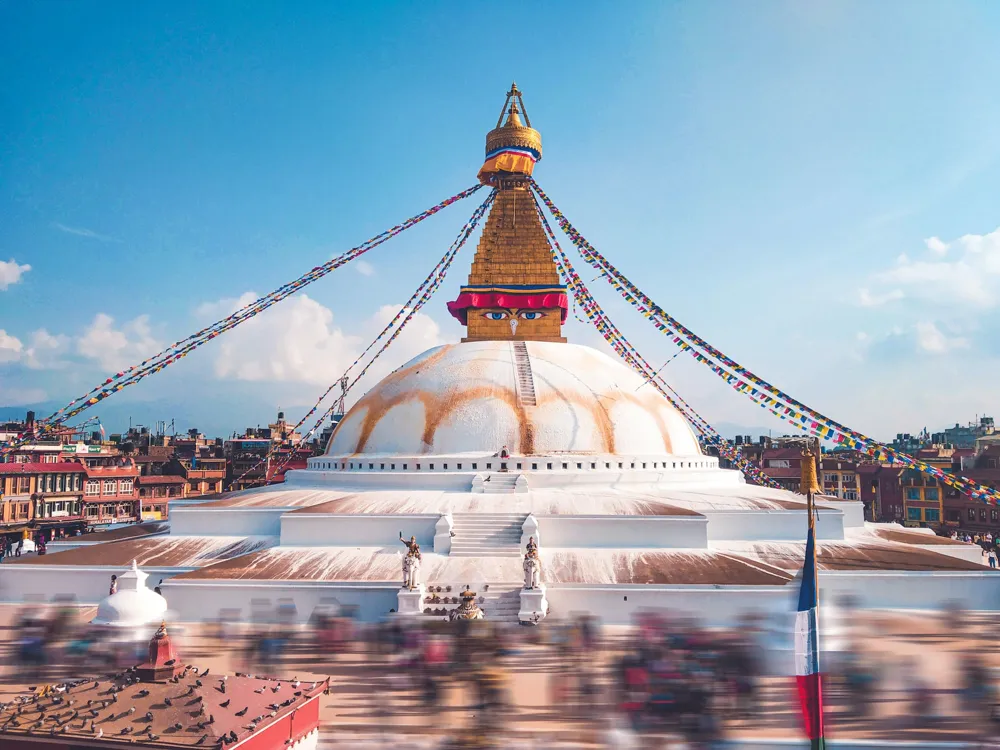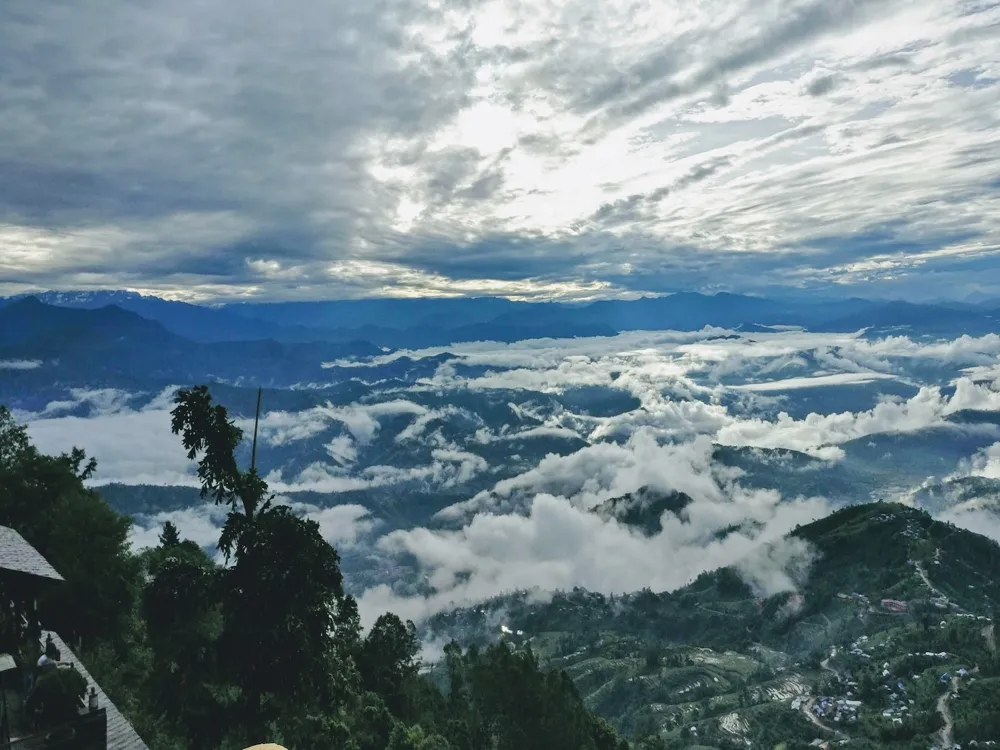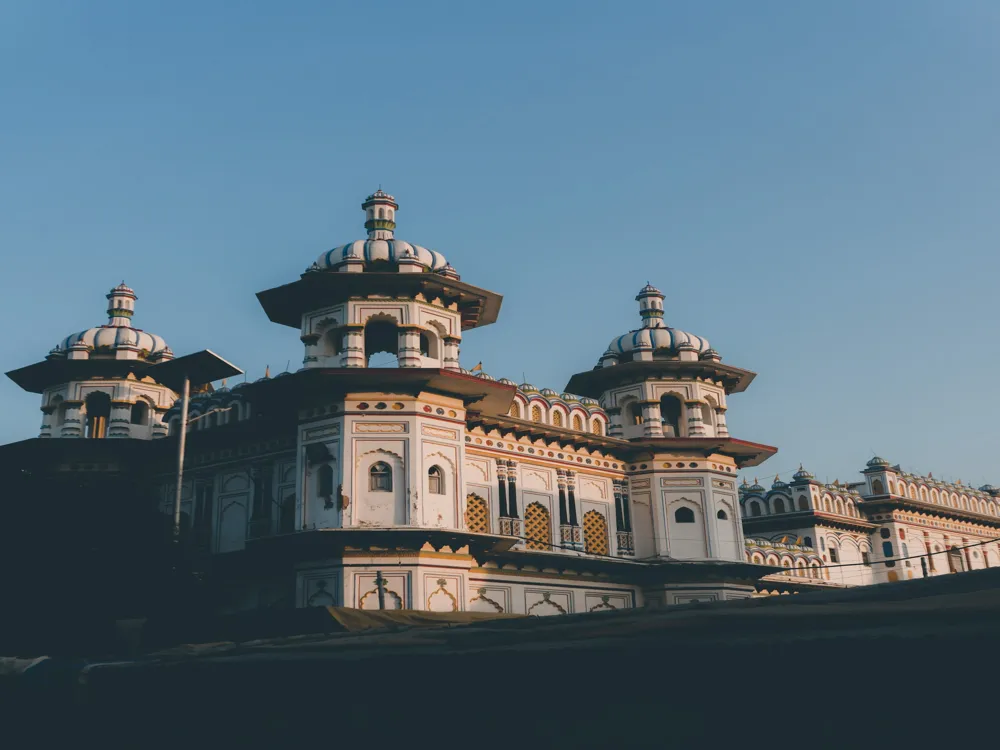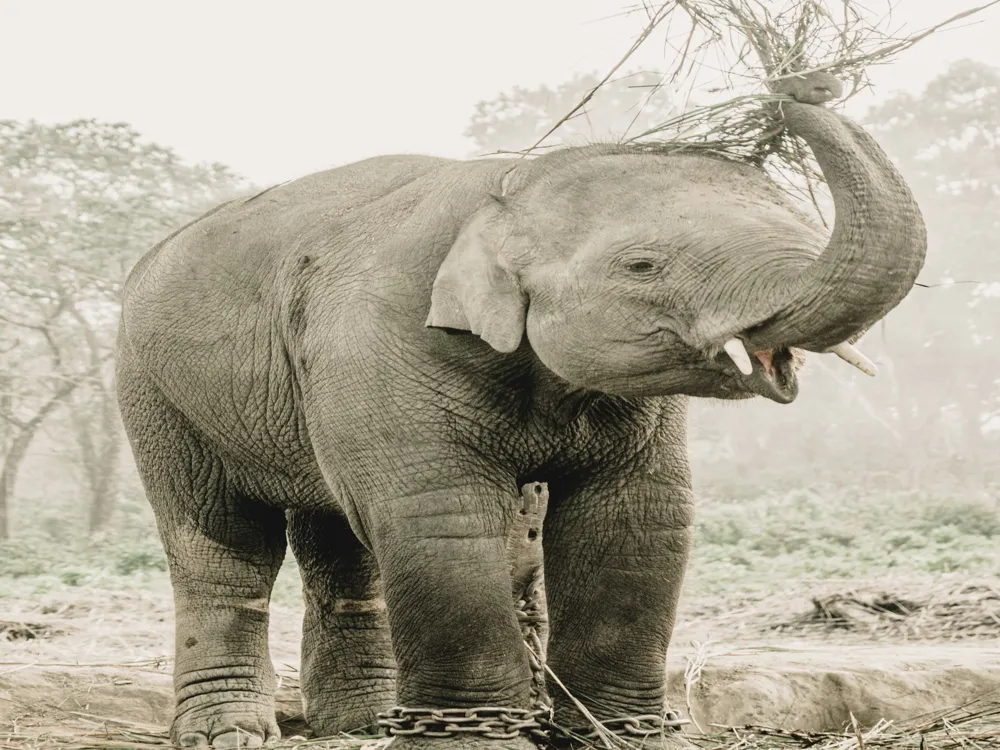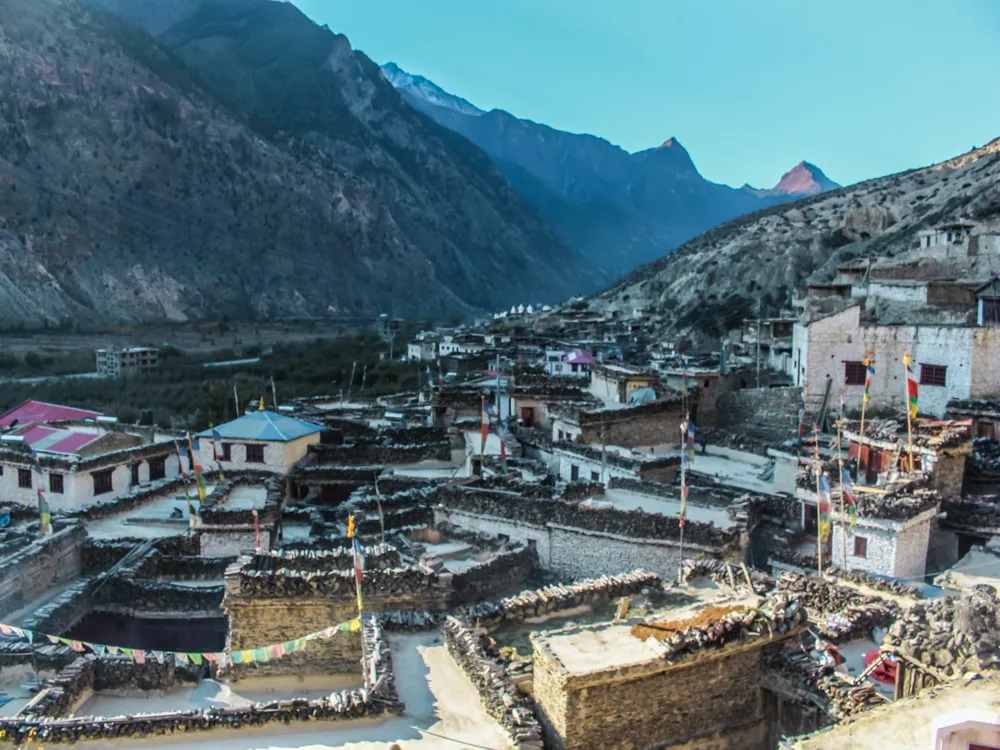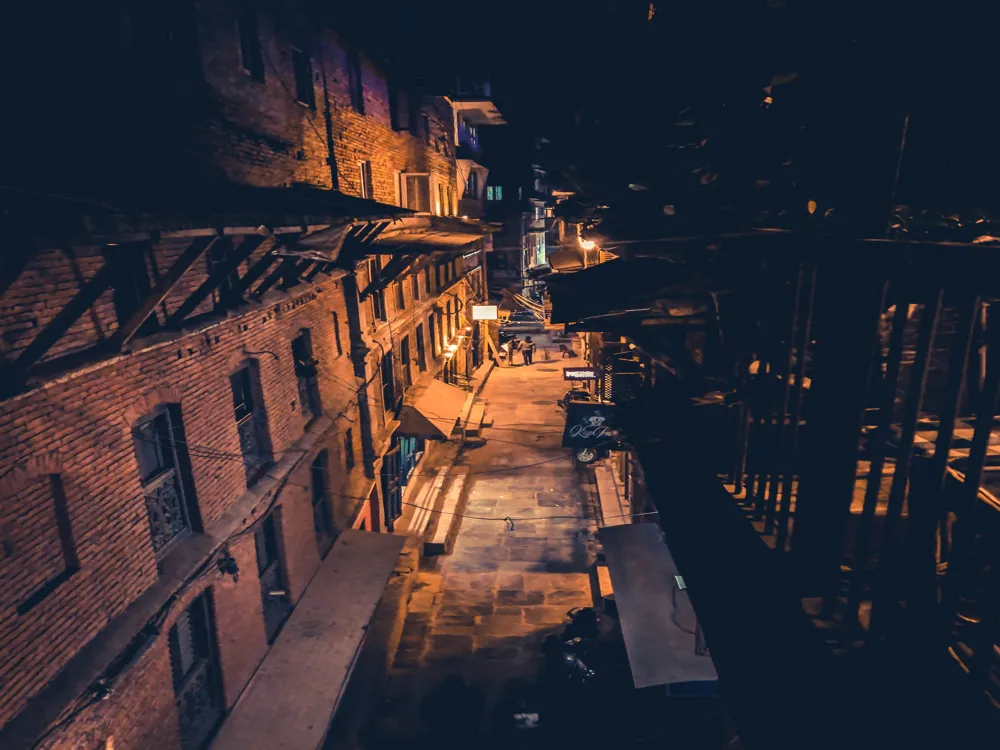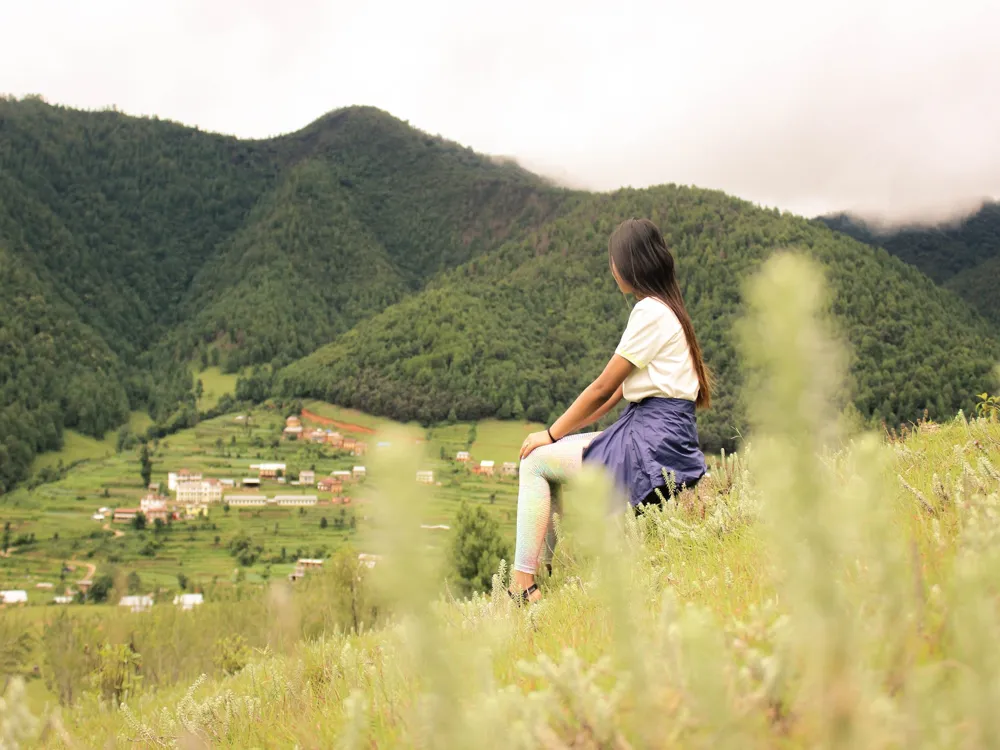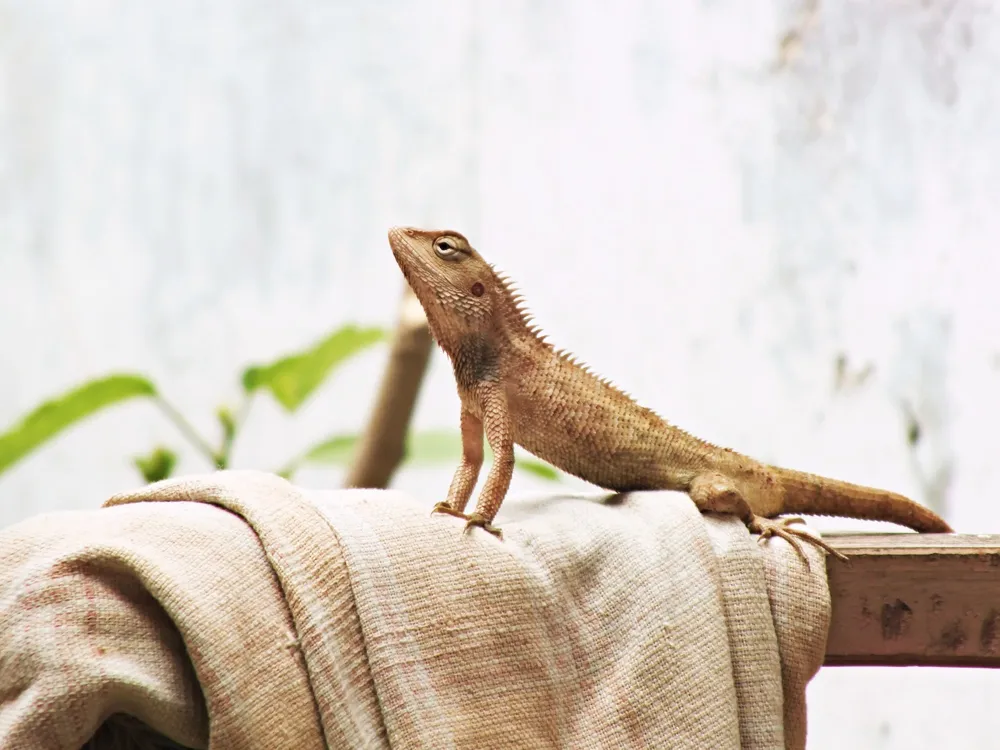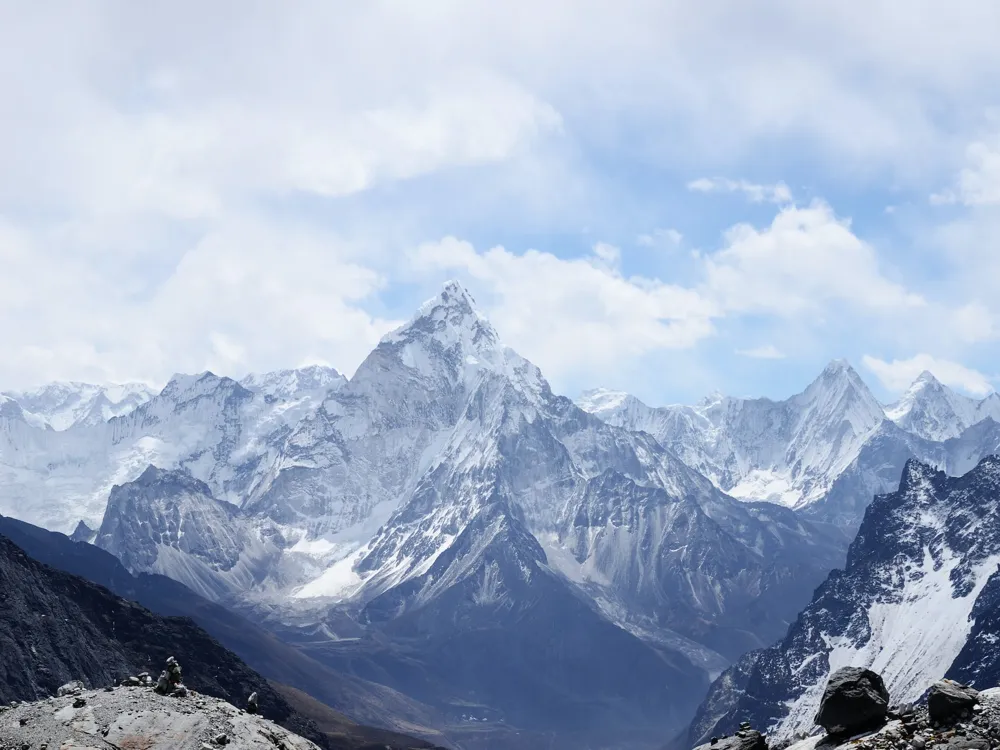The Great Drigung Lotus Stupa, located in Lumbini, Nepal, stands as a significant monument in Buddhist culture. This stupa is known for its unique architecture, spiritual significance, and its role in promoting peace and understanding across different cultures and religions. The site attracts thousands of pilgrims and tourists each year, drawn by its historical importance and serene environment. The architecture of the Great Drigung Lotus Stupa is a remarkable blend of traditional Buddhist styles with modern influences. The stupa is characterized by its lotus-like shape, symbolic decorations, and the use of traditional materials. Its design is not only aesthetically pleasing but also holds deep religious significance, representing various aspects of Buddhist philosophy and teachings. The ideal time to visit the Great Drigung Lotus Stupa is between October and March when the weather is most favorable. This period avoids the heavy monsoon rains and the extreme heat of the summer months. Visitors are encouraged to dress modestly and remove their shoes before entering certain areas of the stupa. It is also important to walk around the stupa in a clockwise direction, following the traditional Buddhist practice. While photography is generally allowed, it is important to be respectful and avoid taking pictures during prayer times or of monks without permission. The Great Drigung Lotus Stupa is accessible via road from the city of Bhairahawa, which is the closest major city. Visitors can take a bus or hire a taxi from Bhairahawa to reach Lumbini. The nearest airport is Gautam Buddha Airport, located in Bhairahawa, offering flights from major cities within Nepal and some international destinations. Read More:Overview of the Great Drigung Lotus Stupa of Lumbini
Architecture of the Great Drigung Lotus Stupa
Tips When Visiting the Great Drigung Lotus Stupa
Best Time to Visit
Respecting Local Customs
Photography Guidelines
How To Reach the Great Drigung Lotus Stupa
Great Drigung Lotus Stupa
Lumbini
₹ 24,500 onwards
View lumbini Packages
Weather :
Tags : Buddhist Temple
Timings : 24 hours
Time Required : 1-2 hours
Entry Fee : Free
Planning a Trip? Ask Your Question
Lumbini Travel Packages
View All Packages For Lumbini
Top Hotel Collections for Lumbini

Private Pool

Luxury Hotels

5-Star Hotels

Pet Friendly
Top Hotels Near Lumbini
Other Top Ranking Places In Lumbini
View All Places To Visit In lumbini
View lumbini Packages
Weather :
Tags : Buddhist Temple
Timings : 24 hours
Time Required : 1-2 hours
Entry Fee : Free
Planning a Trip? Ask Your Question
Lumbini Travel Packages
View All Packages For Lumbini
Top Hotel Collections for Lumbini

Private Pool

Luxury Hotels

5-Star Hotels

Pet Friendly







/china-temple-zhong-hua-chinese-buddhist-monastery-slider-1.webp)
